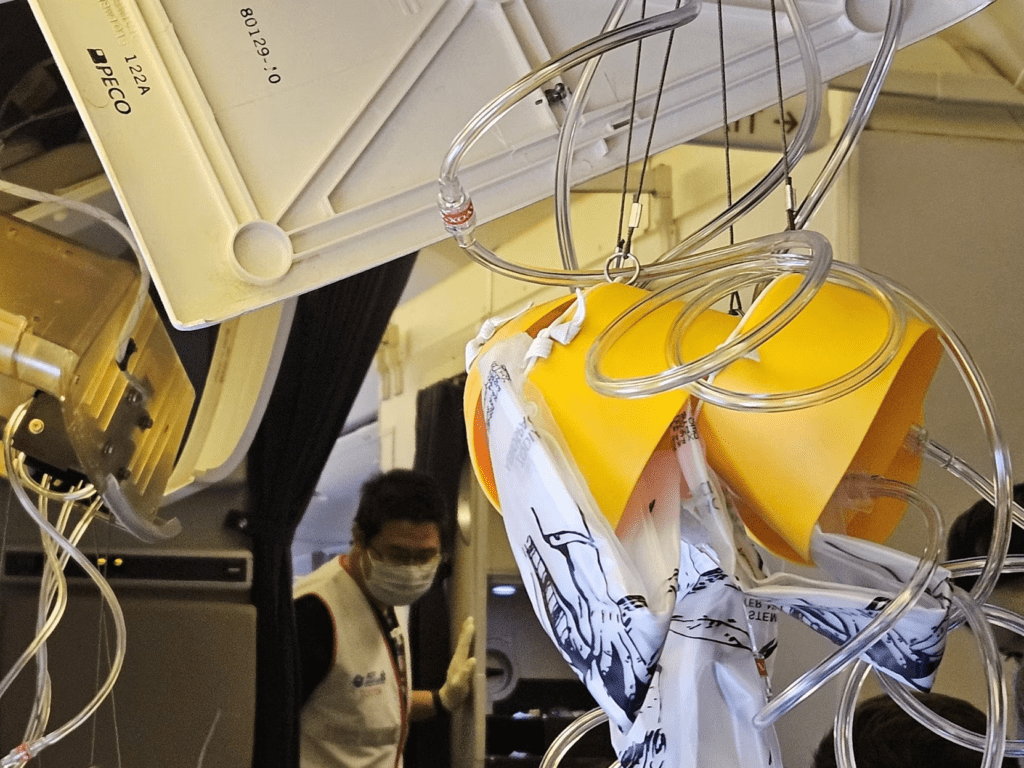Why you should wear a seatbelt at all times during a flight and not just when the sign is turned on – Airline pilot explains

Airline pilot advises wearing a seatbelt at all times during a flight.
Captain Emma Henderson MBE, a former EasyJet pilot emphasizes the importance of wearing a seatbelt at all times during a flight. Recently a Singapore Airlines flight endured heavy turbulence. This incident alone highlights the unpredictability of flying in terms of experiencing turbulence and calls for constant caution while on an airplane.
The Singapore Airlines Incident
Recently a Singapore Airlines flight flew into severe turbulence, resulting in the death of a passenger and injuries to thirty more. This incident is a wake up call for the possible dangers faced during air travel and how such dangers can be greatly reduced by wearing seatbelts at all times.

ALSO READ | Singapore Airlines Flight Encounters Turbulence, One dead, 30 injured in severely turbulent flight
Advice from an Ex-Airline Pilot
Captain Emma Henderson, who has over a decade of experience as an EasyJet pilot, in a recent interview to Business Insider, said that passengers should keep wear seatbelts throughout the flight even if the seatbelt sign is turned off. She says that while weather radar can detect some forms of turbulence, it cannot predict every possible danger ahead.
The Reality of Turbulence
- Unpredictability: Turbulence can occur anytime, even in clear skies. Pilots depend on weather radar to anticipate rough patches, but certain types of turbulence, such as clear air turbulence, are invisible to radar.
- Safety First: The primary reason for keeping seatbelts fastened is safety. An aircraft’s hard surfaces can cause severe injuries if passengers are not securely strapped in during sudden movements.
The Three Types of Turbulence
- Light Turbulence: Causes slight, irregular changes in altitude and attitude, only causing a little discomfort and anxiety.
- Moderate Turbulence: Stronger movements that can cause unsecured objects to move around.
- Severe Turbulence: Major, violent changes in altitude, potentially causing serious injuries if passengers are not restrained.

Captain Henderson shared her own experience of flying in turbulence and says her confidence in the structural capabilities of the aircraft in enduring turbulence reassured her.
Lessons from the Singapore Airlines Flight
- Preparedness: The successful landing of the Singapore Airlines flight, despite the severe turbulence and onboard injuries, highlights the extensive training and skill of the pilots.
- Constant Vigilance: Passengers should understand that while pilots are well-prepared for such scenarios, wearing a seatbelt at all times is a simple yet effective precaution.
The recent incident of turbulence experienced onboard the Singapore Airlines flight shows us the unpredictable nature of flying. If you are not wearing a seatbelt, it is possible to hit the roof during a sudden jolt caused by turbulence. The turbulence is so sudden sometimes that even the pilots cannot predict it. Loosely wearing a seatbelt around your waist during the cruising phase of a flight is still better than not wearing it all. Of course, there is no disputing about wearing a seatbelt properly during take off and landing!









